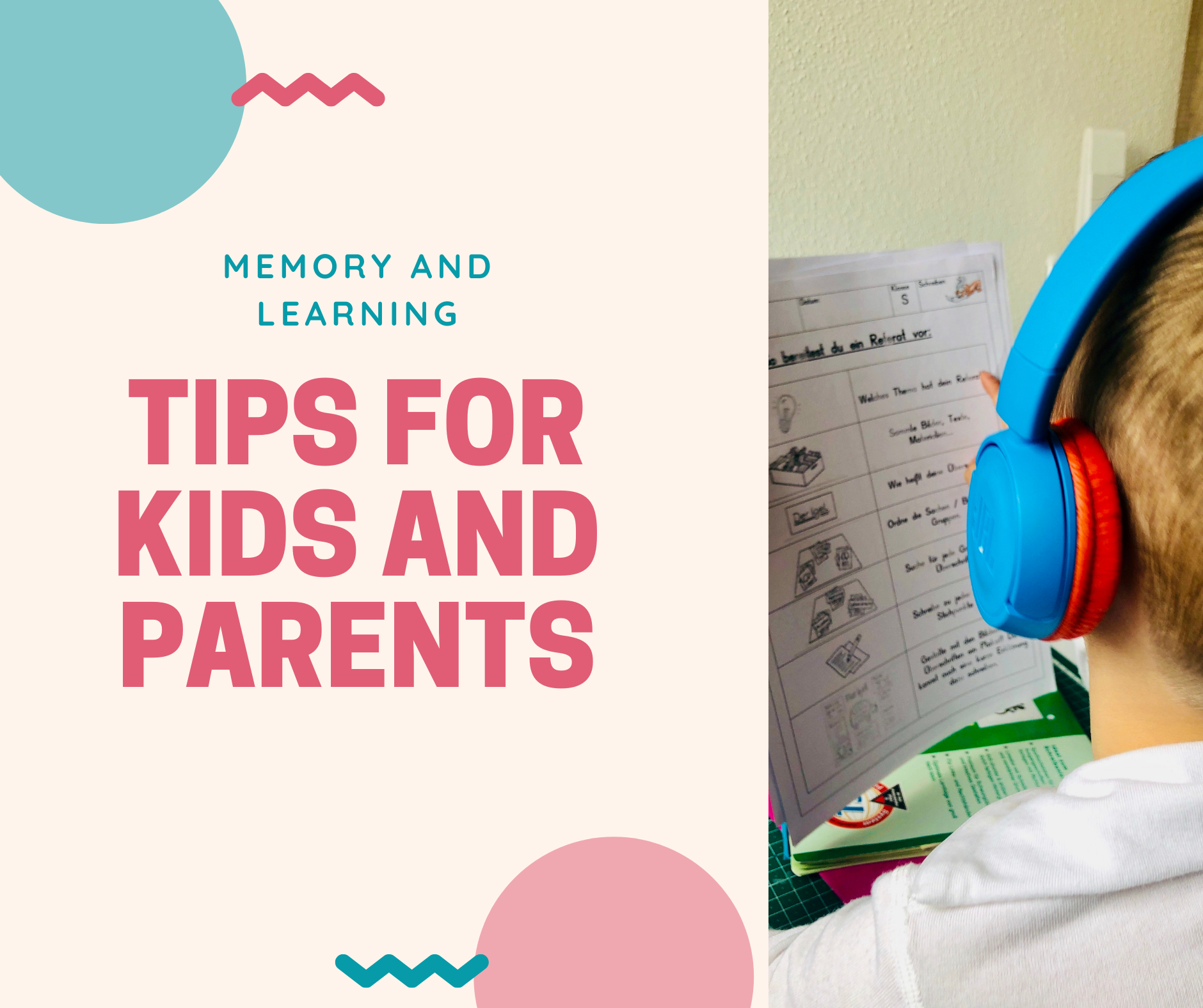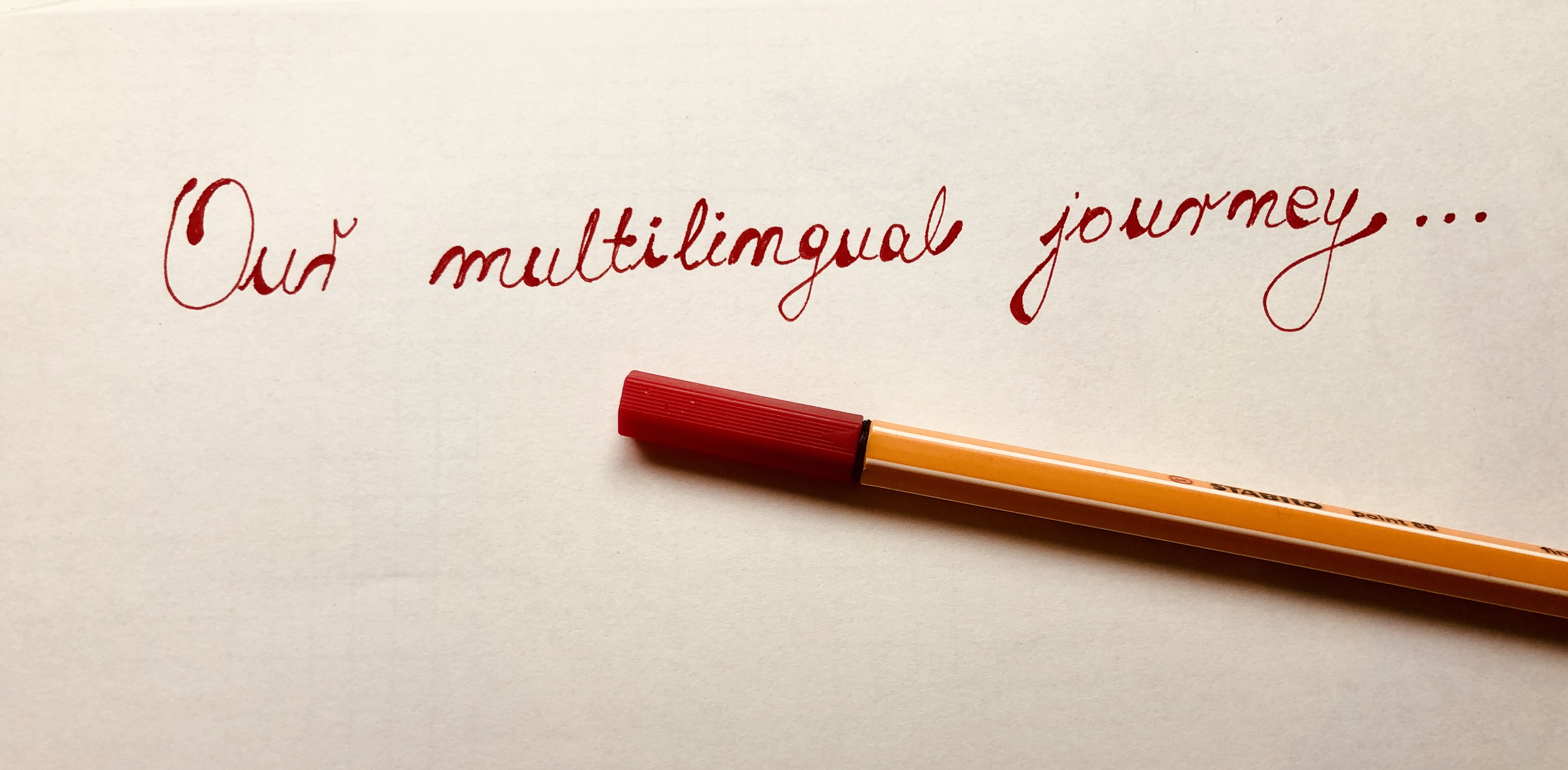Ideas and Steps for Making Bubble Art
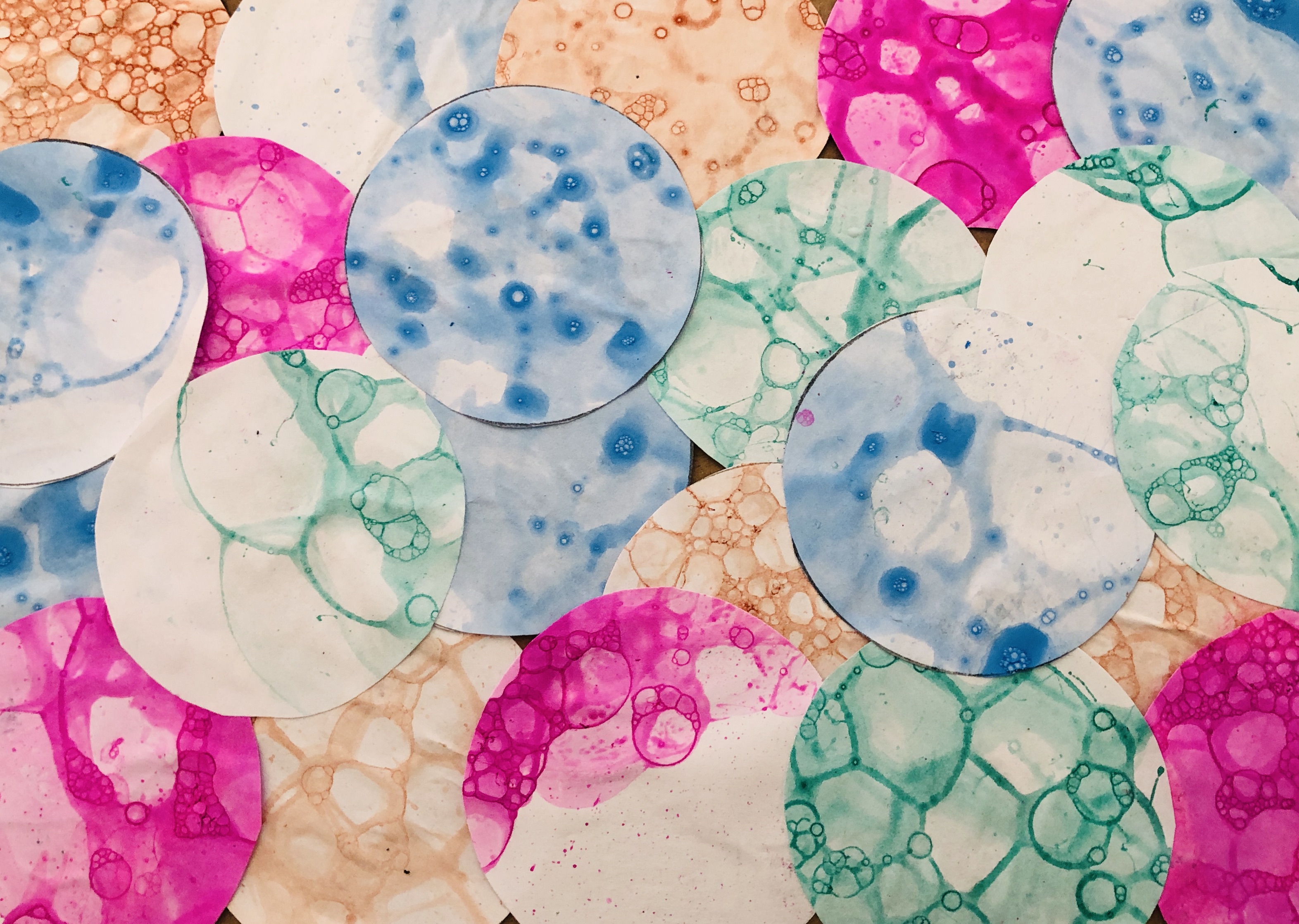
This activity never fails to fascinate my kids. Both Einstein E and Power P simply enjoy blowing bubbles of different colours, watching them land on paper and pop.
Interesting facts about bubbles and colours:
- A bubble is air wrapped in soap film.
- Bubbles pop when the water between the soap film surfaces evaporates.
- The first primary colour infants see is – red.*
- We are more likely to remember something that we see in colour than something we see in black and white.**
When playing with bubbles, be more careful than we were with our kids' new T-shirts: food colouring and paint can stain surfaces and clothing. Also, make sure children are supervised when doing this and that they are blowing OUT. This art activity is not for young children who do not know how to blow out and not in.
Materials:
- bowl for the mix
- liquid soap and water (or bubble mix)
- food colouring, acrylic paint or gouache
- straws and paper
Step 1.
Prepare the mix
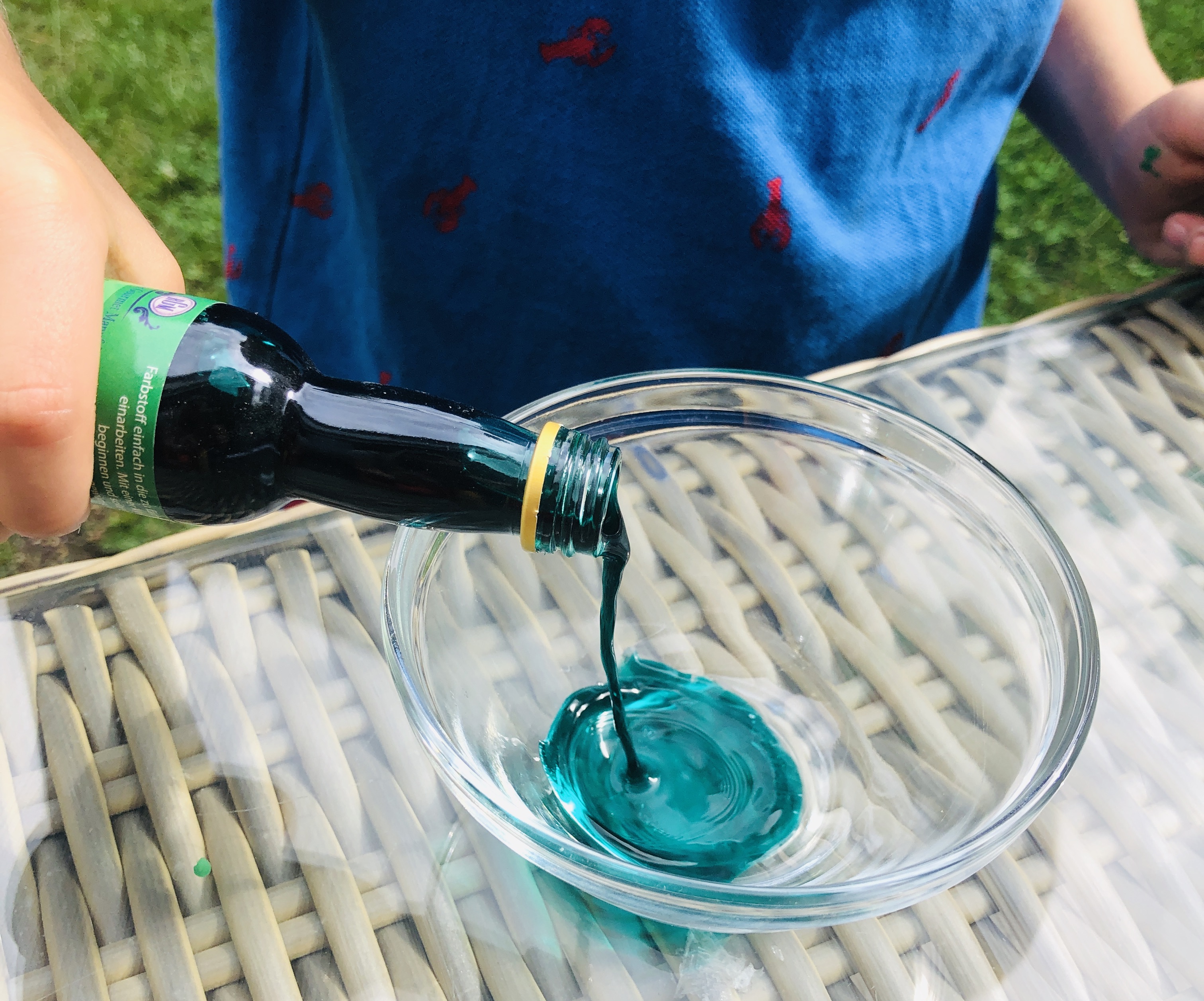
This is a great opportunity to talk about colours and shades, or even elasticity and surface tension. See some interesting facts listed above.
Step 2.
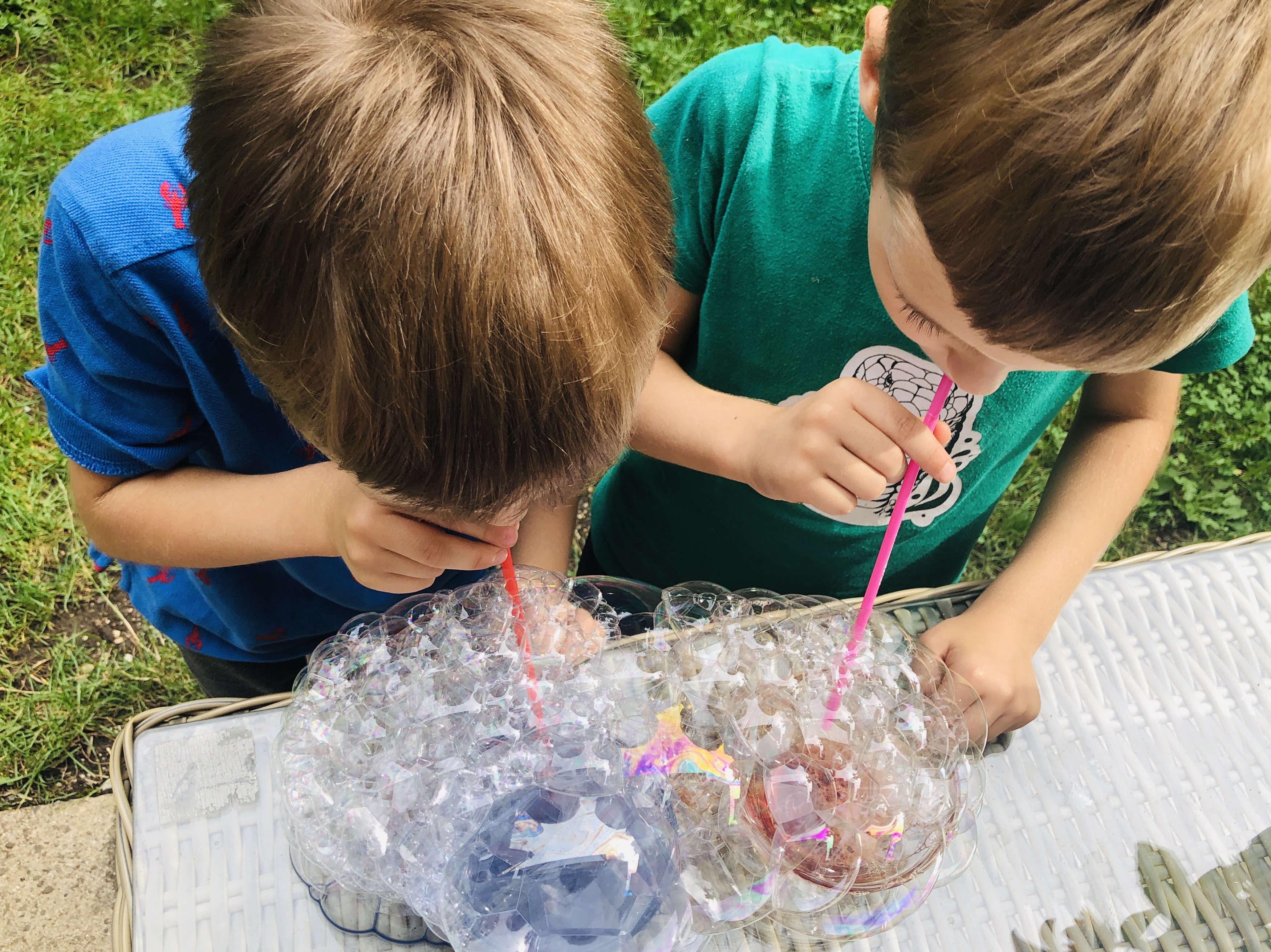
Step 3.
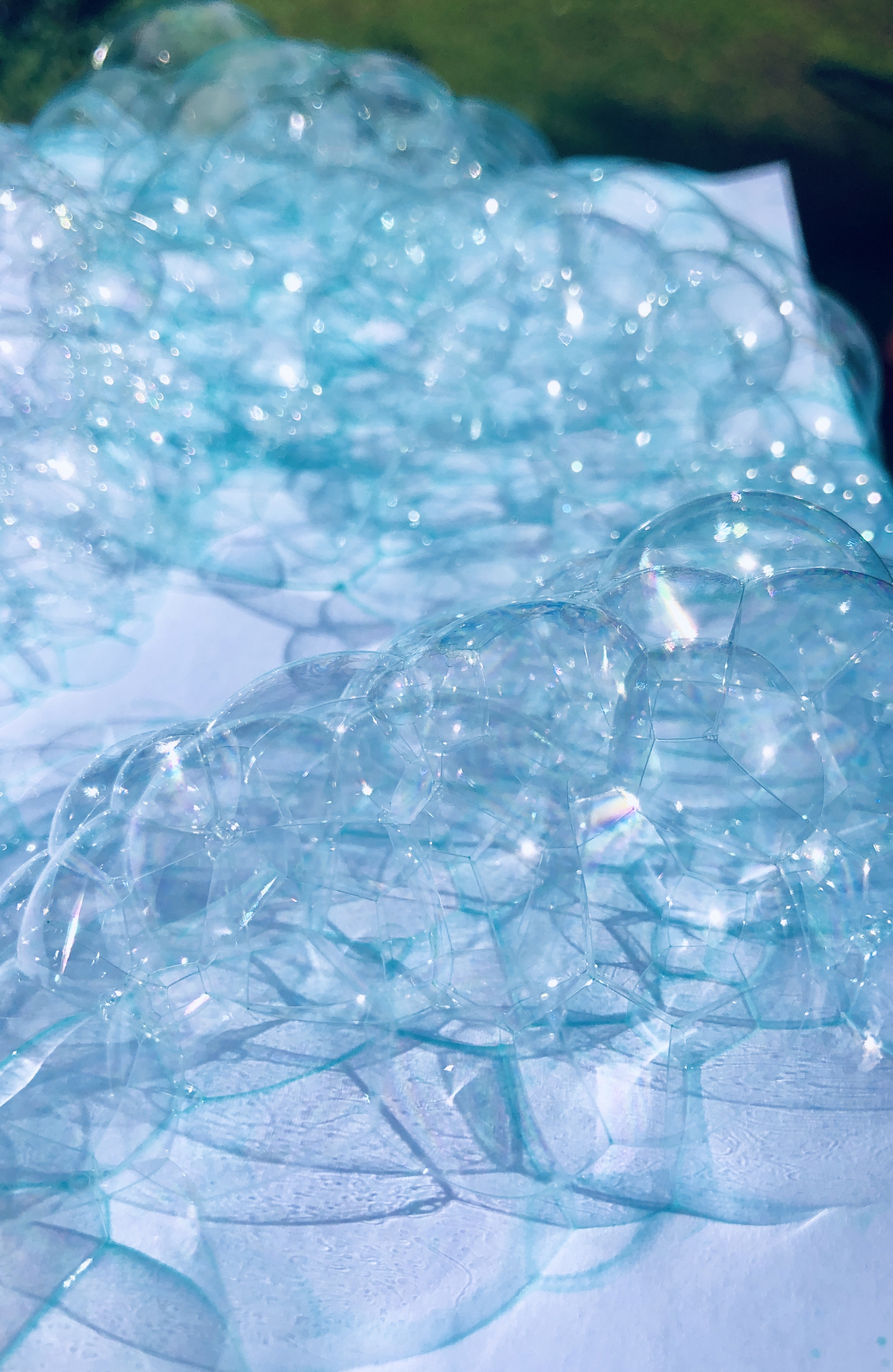
1) Paintings
All you need for this one is a piece of cardboard, bubble prints, glue, and some paint.
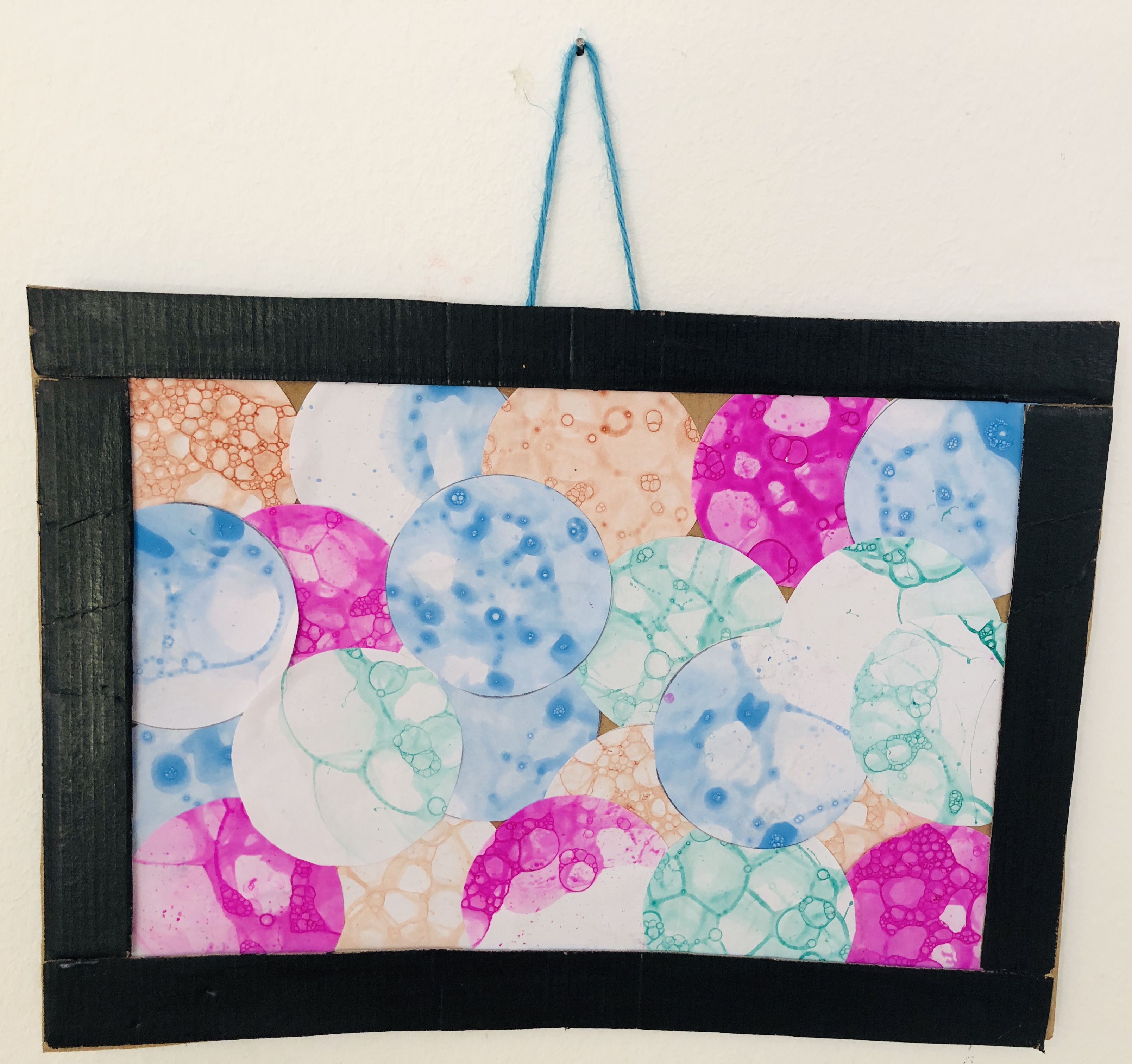
2) Coral reef
This was a larger project Power P wanted to do. Both he and his brother find coral reefs fascinating and through this project we learned a lot and had fun.
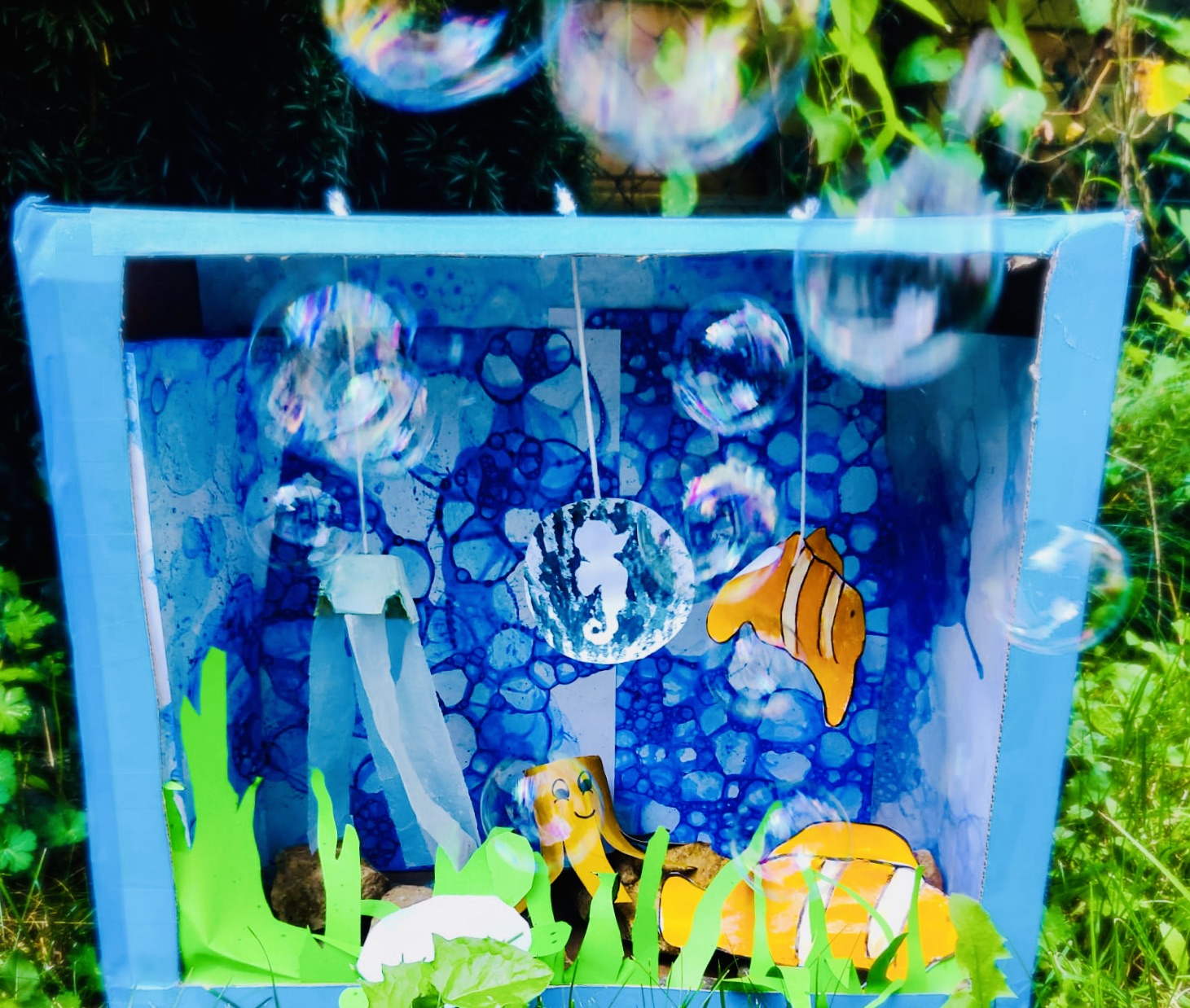
3) Turtles
These cuties are a part of the coral reef project, and are super easy to make.
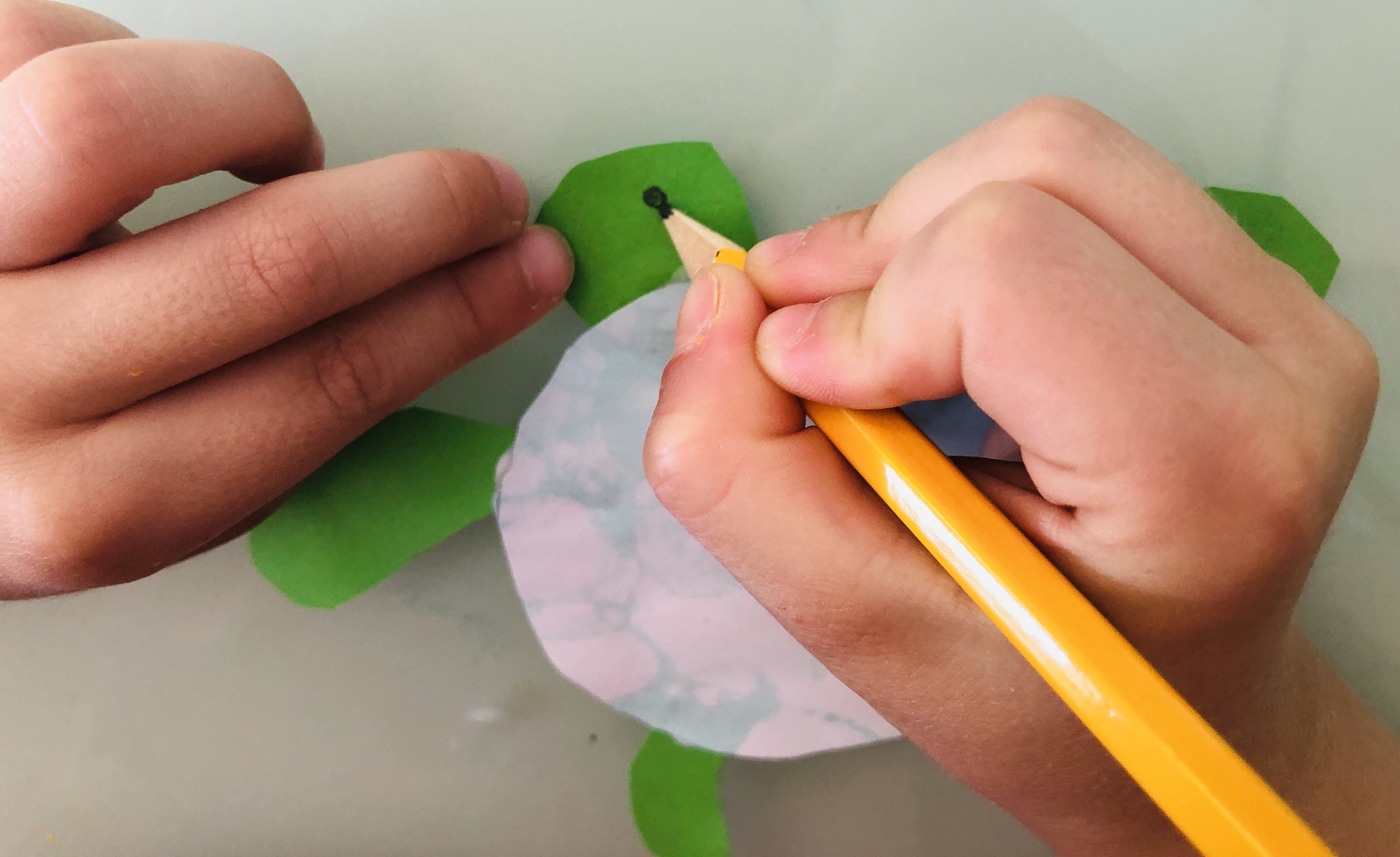
4) "Thank you" cards
This was a farewell gift the boys made for their kindergarten teachers.
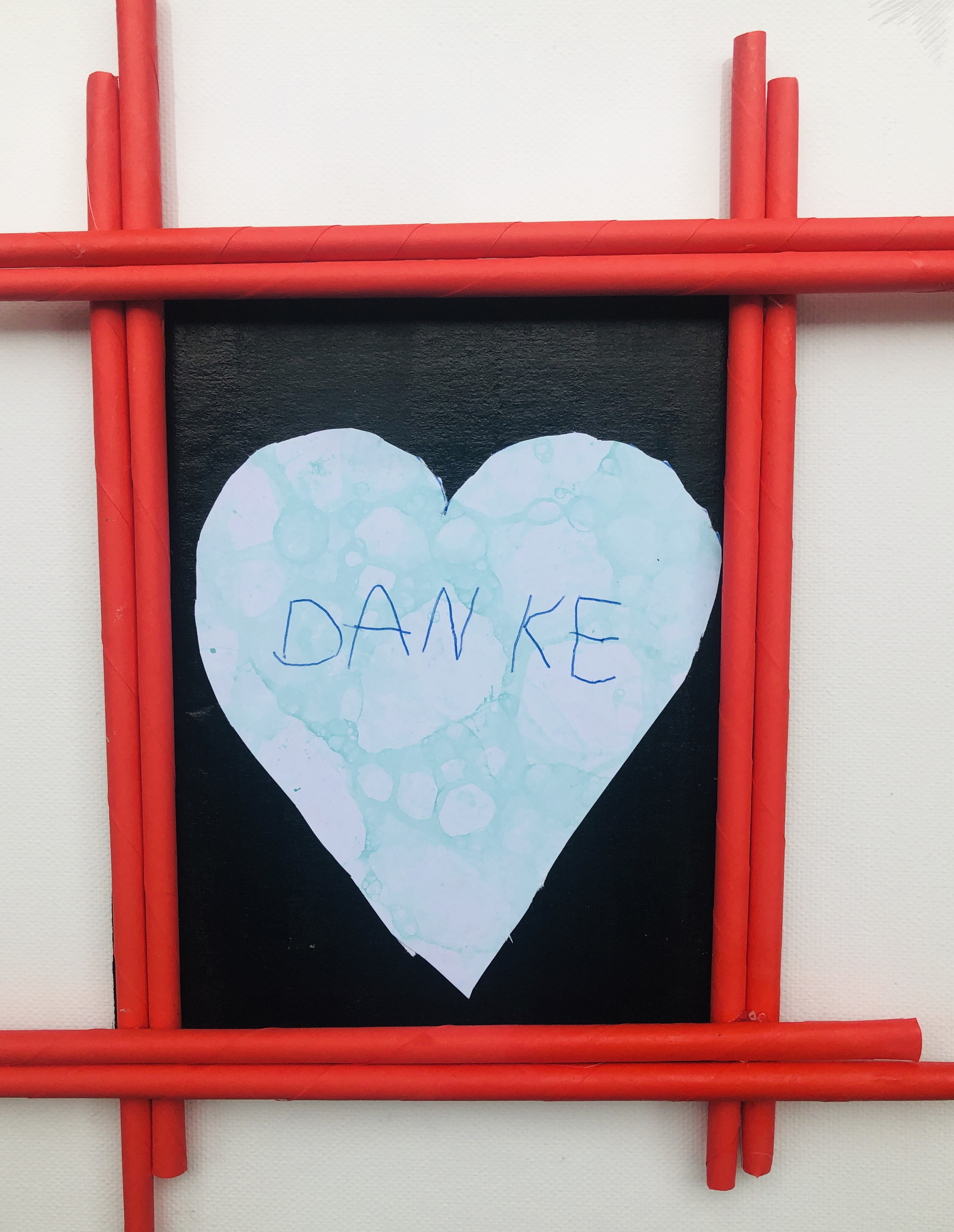
*https://www.bausch.com/vision-and-age/infant-eyes/eye-development#.VIj3kivF8W4
**Wichmann, F. & Sharpe, L. (2002). The Contributions of Color to Recognition Memory for Natural Scenes. Journal of Experimental Psychology, 28(3), 509–520
